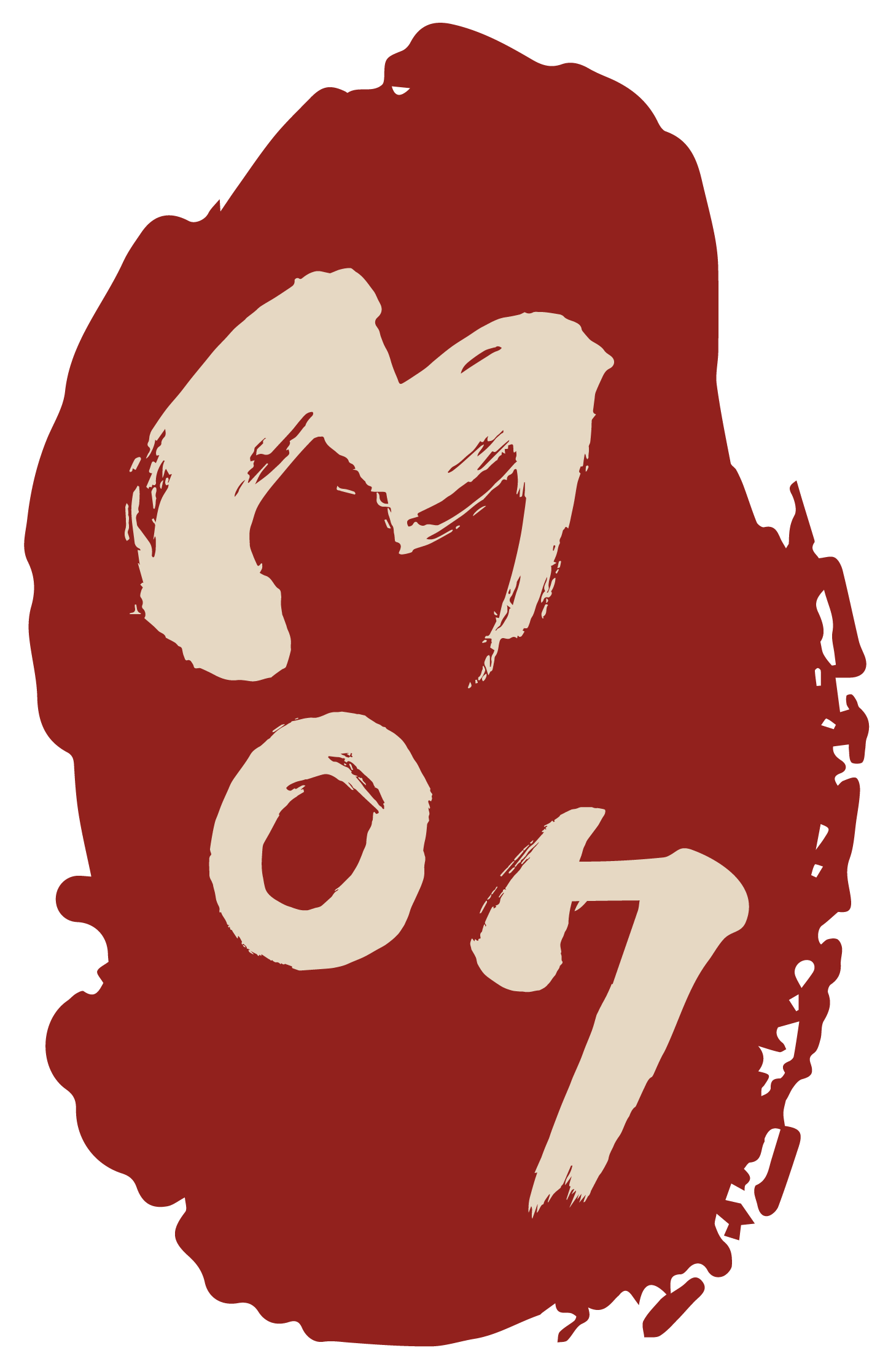Kundika with Floral Decor
Kundika
Ritual ewer for Buddhist ceremonies. It has a long neck and a curvy silhouette. There is a filler neck on the shoulder and a vertically rising spout. Small standring. Decoration: Chrysanthemum, peonies, tendrils and lotus. The object is packed in a wooden box.
Object ID
Korea_001
Age
Koryō Period, early 12th century
Material
Ceramics
Color
Green Celadon
Height
30.5 cm
Height (neck)
17.5 cm
Height (filler neck)
5 cm
Diameter
13 cm
Diameter (filler neck)
3.3 cm
Diameter (bottom)
8 cm
Condition
Very Good
Price
on request
Description
The Kundika (the name is derived from Sanskrit) is a ewer used by Buddhist monks from India in religious ceremonies and served the sprinkling of clean water. The lively exchange on the Silk Road finally brought the vessel to Korea. During the Goryeon Period (918 – 1392) under the patronage of the royal court, the aristocracy and the Buddhist elite the arts were promoted in a particular way. In this context Korean potters used the Indian examples from bronze as prototypes and transfered their shapes into the ceramic production.
This beautiful glazed ewer of Goryeo celadon has a long neck with an added grommet top. It is attached like an upside down funnel, shows lotus-leaves on its base and a decor until to the top. The twelve lotus-leaves are symbols for one of the eight Buddhist preciousness. The crossing from shoulder to neck shows a kind of waves. On the outlet (mouth) are traces of oxidation.
Then follow a curvy melone-shaped body and a small standring. The body is shaped with ten vertical elements and indentations. Each of these is designed with different motifs: chrysanthemum, the symbol of autumn and long life; peony, the „Queen of flowers“, representation of elegance and prosperity; tendrils for longevity. On the shoulder is a filler neck with a meander decoration, a sign of re-birth. The bottom shows craquelures. There are also rests from three spots of fire resistant clay where the ewer was placed during the burning process. Although Kundika in celadon are imitations of Bronze-Kundika, they nevertheless developed to a pinnacle of style. [1] (HV)
________________________
[1] Ki-Hoon Chang (2000): Kundika mit Lotos- und Rankendekor. In: Handbuch der Koreanischen Kunst. Steinzeug und Seladon. Aus dem Koreanischen übersetzt von Yunjin Chung und Hans-Alexander Kneider. Wasmuth Verlag. Tübingen. 84






